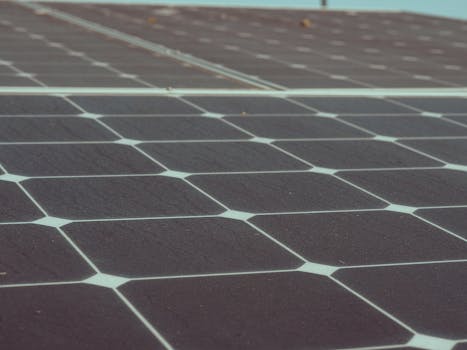
Sustainable Living: Emerging Trends for 2025
Sustainable Living is becoming increasingly important as the world grapples with the challenges of climate change, pollution, and conservation. As we move into 2025, it’s essential to stay ahead of the curve and adopt emerging trends in sustainable living. In this article, we’ll explore the latest developments in eco-friendly products, renewable energy sources, and sustainable practices that will shape the future of our planet.
Section 1: Eco-Friendly Products
Sustainable Living starts with the products we use in our daily lives. From reusable water bottles to biodegradable bags, eco-friendly products are becoming increasingly popular. In 2025, we can expect to see even more innovative products made from sustainable materials, such as bamboo, recycled plastic, and plant-based textiles. Some of the emerging trends in eco-friendly products include:
- Compostable packaging: Companies are developing packaging materials that are compostable, reducing waste and minimizing the environmental impact of packaging.
- Sustainable fashion: Fashion brands are incorporating sustainable materials, such as organic cotton, recycled polyester, and Tencel, into their designs.
- Zero-waste products: Products designed to produce zero waste, such as refillable containers and reusable straws, are gaining popularity.
Section 2: Renewable Energy Sources
Renevable energy sources are crucial for reducing our reliance on fossil fuels and mitigating climate change. In 2025, we can expect to see significant advancements in renewable energy technologies, including:
- Solar energy: Solar panels are becoming more efficient and affordable, making them a viable option for homeowners and businesses.
- Wind energy: Wind turbines are being designed to be more efficient and quieter, reducing noise pollution and increasing energy production.
- Hydrokinetic energy: Hydrokinetic energy harnesses the power of moving water, such as ocean tides and currents, to generate electricity.
Section 3: Sustainable Practices
Sustainable practices are essential for reducing our environmental footprint and promoting sustainable living. In 2025, we can expect to see increased adoption of sustainable practices, such as:
- Reducing food waste: Initiatives to reduce food waste, such as composting and meal planning, are becoming more popular.
- Conserving water: Water conservation techniques, such as rainwater harvesting and greywater reuse, are being implemented in homes and businesses.
- Supporting sustainable agriculture: Sustainable agriculture practices, such as regenerative agriculture and permaculture, are being promoted to reduce the environmental impact of farming.
Section 4: Emerging Trends
As sustainable living continues to evolve, we can expect to see new and emerging trends in 2025. Some of these trends include:
- Circular economy: The circular economy is a model that promotes the reuse and recycling of materials, reducing waste and minimizing the environmental impact of production.
- Green architecture: Green architecture is becoming increasingly popular, with buildings designed to be energy-efficient, sustainable, and environmentally friendly.
- Sustainable transportation: Sustainable transportation options, such as electric vehicles and public transport, are being promoted to reduce our reliance on fossil fuels.
Section 5: Conclusion
In conclusion, sustainable living is an essential aspect of our daily lives, and emerging trends in 2025 will play a crucial role in shaping the future of our planet. By adopting eco-friendly products, renewable energy sources, and sustainable practices, we can reduce our environmental footprint and promote a more sustainable future.






